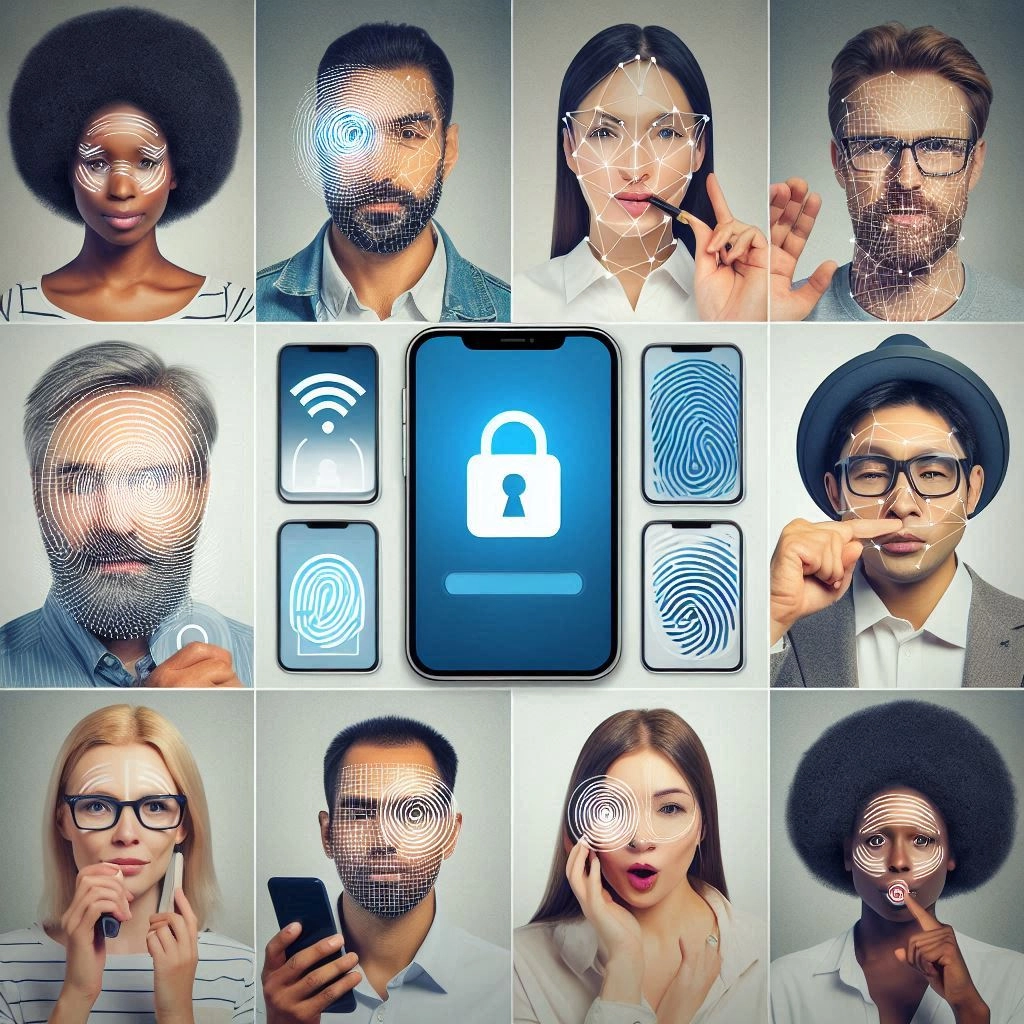About Passwordless Authentication Methods

Imagine logging into your account but not entering a password. Instead, the system uses your face or voice to verify that it is you. This is passwordless authentication - a method of verifying your identity that does not require you to remember a password.
How and where is passwordless identification used
There are several different options for user identification without using passwords:
- Biometric authentication. In this case, instead of entering a password, the system analyzes one of your biological characteristics, such as a fingerprint pattern, voice timbre, or even your appearance. These methods provide a high level of protection, since they are based on unique biological features and are difficult to forge or hack.
- Tokens. These are physical devices that generate unique one-time codes for each login. The user must have access to this device to verify their identity. This authentication method is especially useful in cases where a high level of security is required, such as in the banking sector or when accessing classified information.
- Knowledge. Some systems use secret questions or personal data to verify your identity. These can be answers to questions that only you know, or personal data that is difficult to forge. However, this method is less reliable, since answers to secret questions can sometimes be guessed or detected.
- Two-factor authentication. This is a combination of two different methods, such as a password and a fingerprint, to increase security. This approach provides double protection, since it is twice as difficult to overcome multiple barriers to access your account.
Using passwordless authentication
Using passwordless authentication is relevant for various areas of our lives:
- E-commerce and financial services. Provides a high level of security for online transactions, protecting them from password hacking. This is especially important in the context of online banking and e-commerce, where the security of financial data is a priority.
- Healthcare and education. Ensures the confidentiality of medical and personal data. In the medical field, biometrics or multi-factor authentication, for example, helps protect sensitive medical data of patients, and in educational institutions - personal data of students and teachers from unauthorized access.
- Government organizations. Helps protect critical data and systems. In government organizations, data security is critical, and passwordless authentication is an important tool for ensuring this security.
While passwordless authentication increases security, it is important to remember that it may be less convenient for users due to the need for additional authentication methods. However, many successful implementations of this method, such as Apple Face ID and Touch ID, demonstrate its effectiveness and relevance in the modern world.
Passwordless Authentication Vulnerabilities
Passwordless authentication, despite its practicality and convenience, may also have its vulnerabilities:
- Biometric data can theoretically be compromised. If they are used to identify a user, this data can be forged. Although this is a more complex process than password guessing, such an attack is still possible, although unlikely.
- Phishing and the human factor. Some passwordless authentication methods, such as security questions or personal data, have vulnerabilities based on social engineering. For example, an attacker can use information from social networks or other public sources to guess the answers to security questions.
- Loss of a device or token. In the case of using physical devices or tokens for authentication, the loss or theft of such a device can pose a security threat, especially if it is not properly protected.
- Technical vulnerabilities. Any authentication system can contain technical vulnerabilities, such as software bugs or insufficient privacy and security policies, which create opportunities for attacks.
- Resource starvation and brute force attacks. A resource starvation attack is a type of cyber attack that aims to exhaust a system's resources, such as CPU time, memory, or network bandwidth, in order to make it unavailable to legitimate users. It is a type of denial of service (DoS) attack. Login key mining is a hacking method in which an attacker tries all possible combinations of keys until he finds the right one.
To mitigate these threats, it is important to apply appropriate security measures, such as filtering traffic, limiting the number of login attempts, using multi-factor authentication, etc. It is also important to closely monitor the system for suspicious activity and respond to it immediately.
Private VPN server: universal and reliable for any interactions
Using a private VPN server in combination with passwordless authentication is a convenient and secure way to protect your Internet activity.
Buy a private VPN server conveniently on Private VPN server. On the site you will find detailed information about various VPN services, as well as learn about rental conditions, payment options, server locations, answers to frequently asked questions and much more related to VPN services.